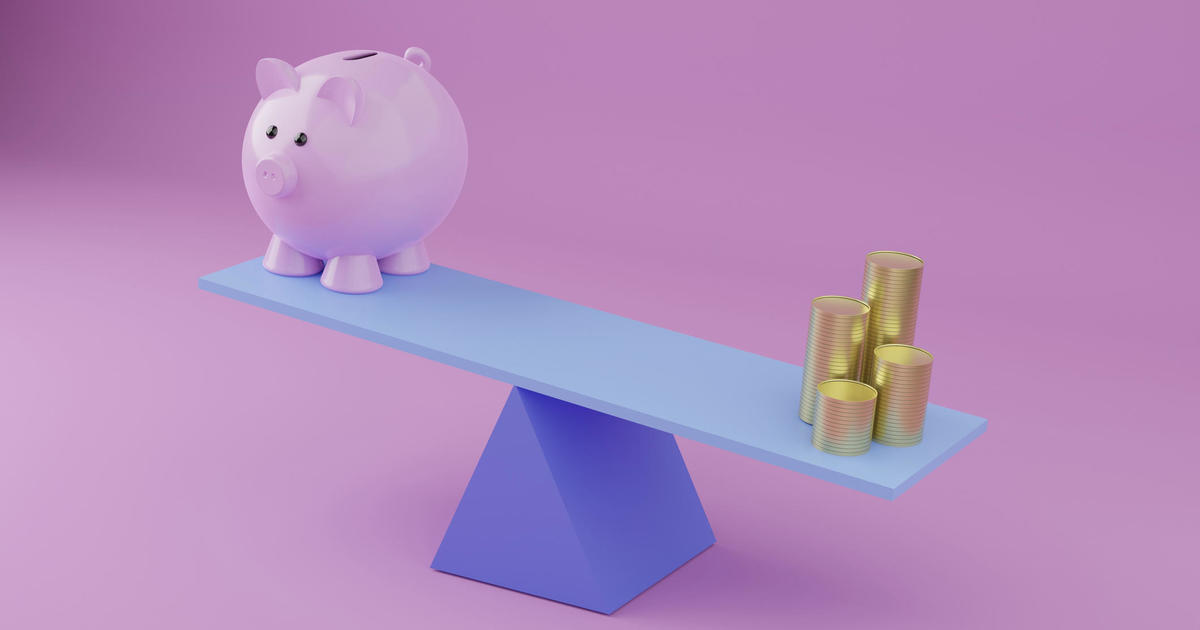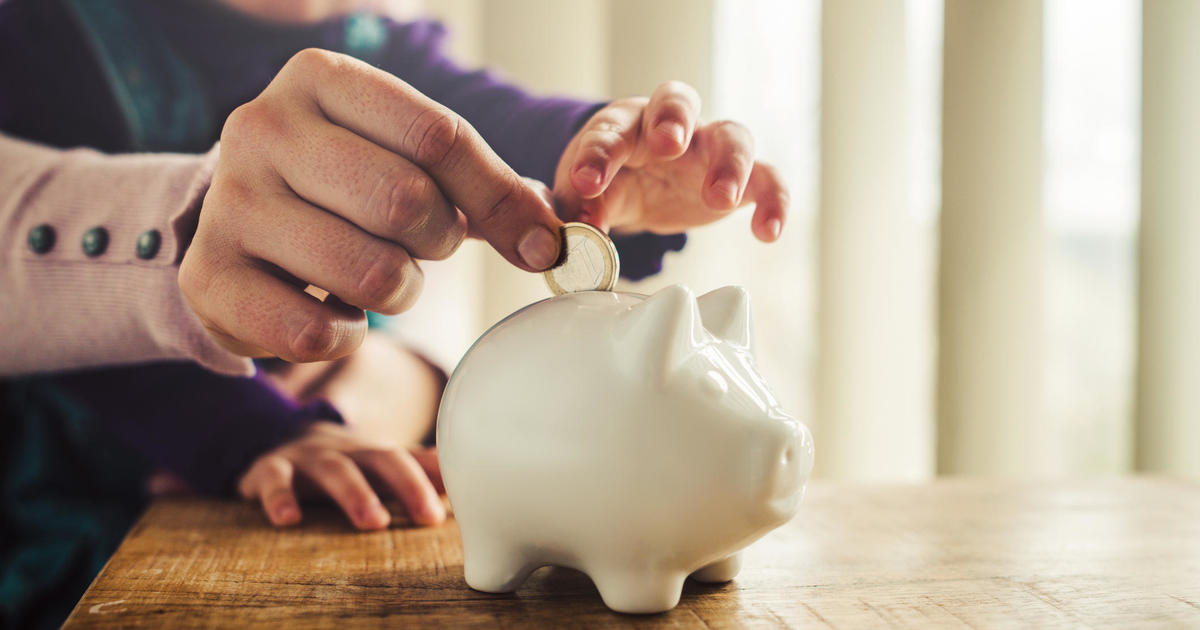Fed rate hikes are over, economists say. Here's what experts say you should do with your money.
Americans are paying the price for the Federal Reserve's flurry of interest rate hikes, engineered to battle the hottest inflation in 40 years, through sharply higher borrowing costs. But with inflation now receding, the Fed's rate hikes may be drawing to an end, and that has important implications for your finances, according to economists.
The Federal Reserve on Wednesday said it's keeping its benchmark rate steady, the central bank's third consecutive pause. Wall Street is now forecasting that the Fed will stand pat in early 2024 due to cooling inflation and a slower job market. After that, the Fed could begin cutting rates as soon as early 2024, some economists are now predicting.
To be sure, Fed Chairman Jerome Powell is keeping mum on the bank's next moves, saying earlier this month that it's too early to declare victory over inflation or to discuss when it might start cutting rates. But he also noted that consumer prices, excluding volatile food and energy costs, rose at just a 2.5% annual rate in the past six months — not far above the Fed's 2% inflation target.
"They've been done [hiking rates] for months — they just don't want the markets to know it," Jamie Cox, managing partner for Harris Financial Group, told CBS MoneyWatch. "Right now, with the way the Fed has been able to communicate with the markets, it's saying, 'We're not raising rates, but don't think for a second we won't.'"
- Americans are buried under nearly $1 trillion in credit card debt. Here's how to dig your way out.
- Medical credit cards can be poison for your finances, study finds
- "Buy now, pay later" plans can rack up steep interest charges. Here's what shoppers should know.
Inflation has been slowing rapidly, with the Consumer Price Index, a basket of goods and services typically bought by consumers, rising 3.1% in November, down from a 40-year high of 9.1% in June 2022, according to FactSet.
Interest rate cuts in 2024?
Economists are forecasting that the rate hikes of the last two years are now likely a thing of the past, even if the Fed isn't telegraphing it. The Fed's last rate hike was in July, when it boosted the federal funds rate to 5.25% to 5.5%.
"We have stressed for some time that the Fed is finished hiking, but it's taken until now for that to crystallize among a broad range of policymakers," Morgan Stanley economists said in a recent research note, adding that they forecast the bank will hold rates steady until it makes its first rate cut in June 2024.
The central bank is expected to keep its benchmark rate steady at its December 13 meeting as well as at its January 31 meeting, according to economists polled by FactSet. But the central bank could start cutting rates as soon as March, according to a growing number of Wall Street analysts.
That could have an impact on your money, from your savings to homebuying. Here's what the experts say.
What a pause means for CDs and savings accounts
Savers have enjoyed the bright side of the Fed's rate hikes through high-interest savings accounts that can now carry annual percentage yields of 5% or more. That comes after years of meager APYs that effectively paid little to almost nothing for savers.
Likewise, certificates of deposit (CDs) are now providing robust rates, making them a more attractive place to sock some money. But with the Fed projected to hold rates steady for several months and then begin cutting in 2024, now is the time to lock in some of those juicy rates, experts say.
That's especially rewarding for people who were "the recipients of awful interest rates" prior to the Fed's rate hikes, notes Jamie Cox, managing partner for Harris Financial Group.
"The risk now is that the interest rates drop on you," Cox added, noting that he's recommending investors sock away money into some longer-term CDs before that happens.
For instance, some banks are offering CDs that pay APYs of close to 5% for up to 5 years — a rate that might be hard to achieve once the Fed starts cutting. Likewise, if you haven't put your savings into a high-yield savings account, now is the time to do that and take advantage of rates that top 5%.
Mortgage rates 2024: Will they come down?
Rates for home loans have already slipped from their 20-year highs earlier this year, when they topped 8%.
A pause from the Fed could help bring mortgage rates even lower, said LendingTree senior economist Jacob Channel in an email.
"[T]heir skipping a hike in December could continue to alleviate some of the upward pressure on mortgage rates," Channel noted. "Over the remainder of December, rates may dip below 7%, providing even more savings relative to where they were just a few weeks ago."
See more on mortgage rates from Managing Your Money:
- Mortgage rates are falling. Should you refinance your home now?
- 3 mortgage rate scenarios that could occur in 2024
According to HousingWire, most real estate experts think mortgage rates will range from 7% to 7.6% in the first part of the year and drift down into 6% territory by the end of 2024.
Even if mortgage rates drop below 7%, that remains well above their level in January 2022 of 3.2%, HousingWire notes. And buying a home would remain relatively expensive given that home prices are about 40% higher than prior to the pandemic.
The question is whether slightly lower mortgage rates could convince some homeowners to list their properties, given that many bought or refinanced their homes during the pandemic when rates were around 3%. That has made many unwilling to forego their existing loans in order to take on a new mortgage at a higher rate.
Could credit card companies cut APRs?
Don't count on it, said LendingTree credit analyst Matt Schulz.
"Things are likely to get a least a little bit worse for those with credit card debt before they get better," he noted. "Card rates certainly won't rise as sharply as they have in the past 18 months, but they're likely to keep trending higher at least for a while longer."
Because of that, experts recommend that consumers pay down any balances, which can be expensive to carry on a credit card even in the best of times. But now, the average APR on a new credit card is 24.56%, the highest since LendingTree began tracking it in 2019, Schulz noted.
Someone with $5,000 in credit card debt with a 24.56% rate will pay $1,497 in interest and take 26 months to pay down the balance if they make $250 monthly payments, he added.
Many Americans have spent through the savings they built during the pandemic, when the U.S. provided stimulus checks and generous unemployment benefits to help households weather the crisis. But the economy is slowing, which could weaken the labor market and lead to job cuts, noted Cox of Harris Financial Group.
"A lot of people need to build back their savings," Cox noted. "Now because everyone is working, they aren't terribly worried if their savings accounts are depleted."
But, he added, that assumes a slowing economy won't impact their jobs. "People have to make sure they squirreled away money" for that rainy day scenario, he noted.



